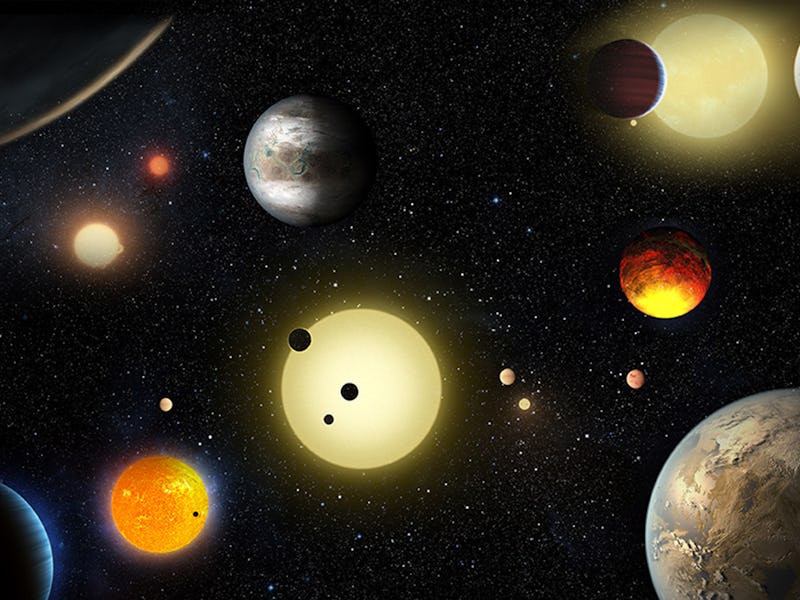Deep space and unresolved mysteries claim 2019 Nobel Prize for physics
The prize recipients influenced how we look at the universe today, and future discoveries.

This year’s Nobel Prize in Physics was awarded to a revolutionary model of the universe, its structure, and how it evolves over time, as well as the first discovery of an exoplanet orbiting a sun-like star outside of our solar system.
On Tuesday, it was announced that the Nobel Physics Prize would be split between Canadian-American cosmologist and physicist James Peebles for his work on a model of the universe, as well as the team of astrophysicists Michel Mayor and Didier Queloz of the University of Geneva for their work on hunting exoplanets.
Modeling the universe
In the 1960s, Peebles created a theoretical model of the universe that has served as the foundation for scientists’ understanding of the evolution of the universe since the Big Bang until today.
During that time, there was little evidence for what the early universe may have looked like. Peebles’ model interpreted traces of ancient radiation and how the universe has evolved from being extremely hot and dense to growing cooler as it expanded.
As Peebles’ model evolved, he also contributed to the understanding of dark matter and dark energy and how only five percent of the material that makes up the universe is known — while an elusive 95 percent is made up of dark matter and energy.
Dark matter and dark energy still remain mysteries for astrophysicists today, perhaps the biggest mysteries in all of existence. Because dark matter and energy cannot be observed, their presence is known only by the effects that they create on their surrounding cosmic bodies.
However, another mystery revived by Tuesday’s award was why astronomer Vera Rubin, who concluded that galaxies are mostly made up of dark matter, was famously snubbed by the Nobel committee for her pioneering work during the 1960s and ‘70s.
Some have speculated that Rubin was largely overlooked because she was a woman in a male-dominated field. The 2018 Nobel Prize for Physics went to Canadian physicist Donna Strickland, who was the third woman in the history of the award to ever win it.
Rubin died in December 2016 at the age of 88, without ever receiving her Nobel Prize.
Exoplanet hunters
Meanwhile, Mayor and Queloz made the first discovery of a planet outside the solar system. The pair announced their discovery in October 1995, marking the first time an exoplanet was observed orbiting around a host star similar to our own sun.
Based on this discovery, scientists have hunted for exoplanets outside our solar system ever since, with a recorded 4,000 exoplanets so far.
The past quarter-century has abounded with exoplanet discoveries. Ever since Mayor and Queloz made their discovery of 51 Pegasi b, funding has poured into new technologies to discover and observe exoplanets beyond the solar system.
Most recently, NASA launched the $200 million Transiting Exoplanet Survey Satellite in April 2018 to survey 200,000 bright stars in search of exoplanets for a period of two years. TESS has confirmed 29 exoplanets so far.
Although they were made decades apart, these discoveries have changed our understanding of the universe, its expansion, and the unknown material that hides in its darkness, as well as where the Earth stands in relation to this ever-expanding cosmic home.